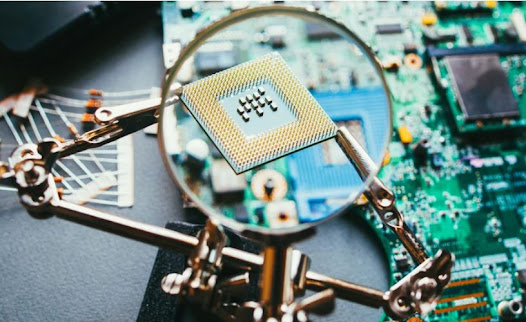This article aims to provide a technical comparison between two prominent FR4 materials: Isola 370HR and ITEQ IT180A. These materials are pivotal in the manufacturing of advanced circuit boards, particularly in the United States and Asian. We will delve into the details concerning their design implications, cost, and product reliability from the perspective of electronics engineers and PCB designers.
Properties of Isola 370HR and ITEQ IT180A
Isola 370HR
The Isola 370HR is a high-performance FR4 material, widely recognized in the USA for its robust thermal performance and environmental durability. It is a glass epoxy PCB material that serves as the standard for reliability, particularly in high-reliability sectors like aerospace and automotive industries.
Properties:
- Thermal Decomposition (Td): 370°C
- Glass Transition Temperature (Tg): 180°C
- Dielectric Constant (Dk): Approximately 4.0 at 1 MHz
ITEQ IT180A
On the other hand, ITEQ IT180A is a popular choice in China and other parts of Asia. This material is known for its excellent thermal resistance and impressive dielectric properties, making it suitable for multilayer PCBs in High Frequency applications.
Properties:
- Thermal Decomposition (Td): 345°C
- Glass Transition Temperature (Tg): 175°C
- Dielectric Constant (Dk): Approximately 4.2 at 1 MHz
Design Considerations
Compatibility and Performance
Isola 370HR is renowned for its dimensional stability and high glass transition temperature (Tg), which is crucial for maintaining performance under thermal stress. This makes 370HR ideal for high-density and multi-layer PCB designs.
ITEQ IT180A also boasts a high Tg, but it differentiates itself with its lower dielectric constant and loss tangent at high frequencies, which is advantageous for RF and microwave applications.
Ease of Processing
Both materials are compatible with standard FR4 processing, but the 370HR has a slight edge in terms of processing ease and availability in the USA, which can reduce manufacturing issues and speed up production times.
Analysis of the FR4 Material Cost
Generally, ITEQ IT180A tends to be more cost-effective, particularly in regions close to its manufacturing bases in China. However, the total cost of ownership must consider not only the raw material cost but also processing, handling, and wastage costs, where 370HR may have advantages due to its robustness.
Manufacturing Efficiency and Product Reliability
370HR's superior thermal stability reduces risks during the assembly process, potentially lowering the overall production costs by minimizing scrap rates. In contrast, IT180A's cost benefits might be offset by higher logistics and import costs, especially for companies operating outside of Asia.
Thermal and Mechanical Stability
370HR's excellent thermal endurance contributes to its reliability, making it a preferred material for military and aerospace applications where failure is not an option. IT180A, while also reliable, is often favored in consumer electronics where high volume and lower-cost criteria are more pressing.
Common Usage in Advanced PCB Manufacturing
Industry Preferences
In the realm of advanced PCBs, 370HR is commonly used in North America for applications requiring stringent reliability standards. IT180A finds its strength in high-frequency applications typical in telecommunications and consumer electronics, particularly in Asian markets.
Conclusion
Choosing between Isola 370HR and ITEQ IT180A depends on several factors including the specific application, required performance, budget constraints, and geographical considerations. For high-reliability applications in harsh environments, 370HR is typically the preferred choice. For cost-sensitive, high-volume products where frequency performance is crucial, IT180A might be the better option.
In summary, both Isola 370HR and ITEQ IT180A offer distinct advantages and cater to different segments of the PCB market. Their selection should align with the specific needs of the PCB design, taking into account all factors from cost to performance to environmental compliance. This comparative analysis should help electronics engineers and PCB designers make informed decisions suited to their particular requirements in PCB manufacturing.








